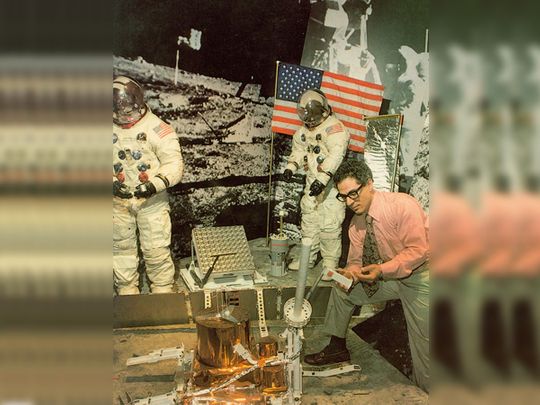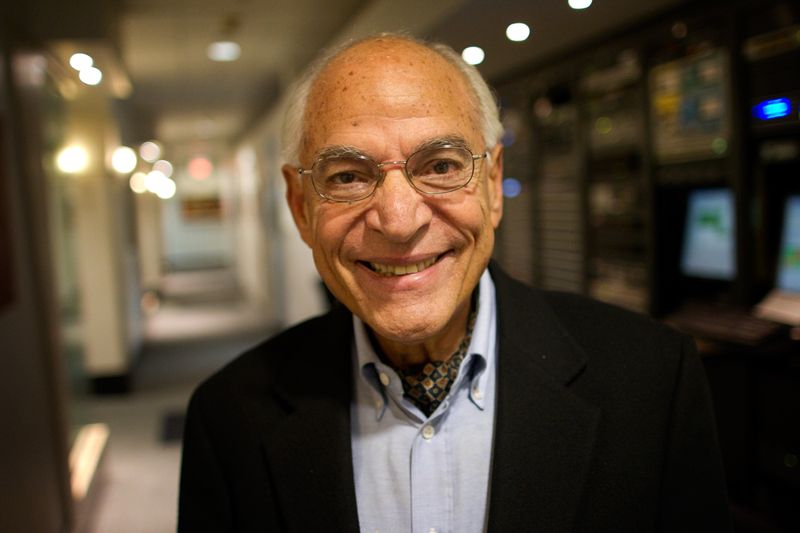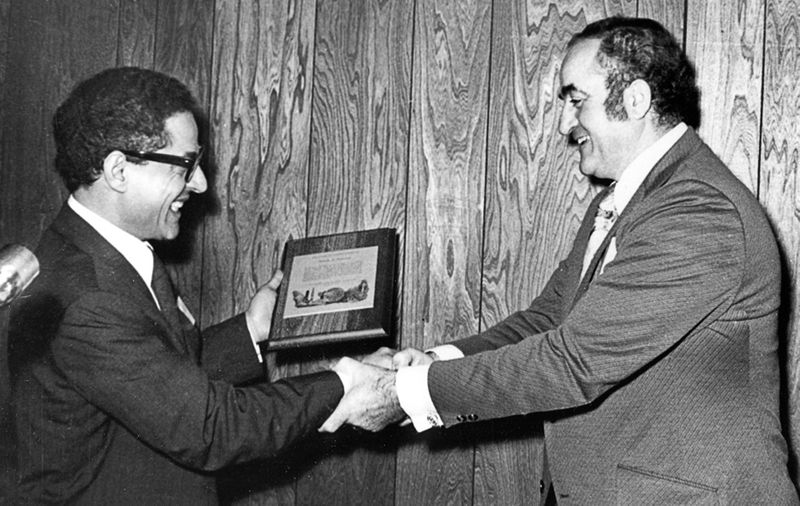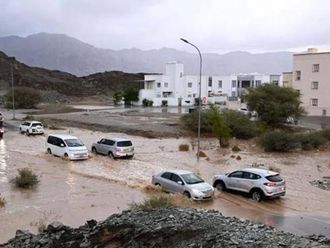
Dubai: Dr. Farouq El Baz, 81, is a space scientist who worked with Nasa to assist in the planning of scientific exploration of the Moon.
On the 50th anniversary of the Apollo 11 mission, we speak to the Arab geologist — known in Nasa circles as "King" — who helped humans study the Moon.
Part of the job of the Egyptian-American remote sensing guru was to select landing sites for the Apollo missions, and training astronauts in lunar observations and photography.
Born on January 2, 1938 in Zagazig, Egypt, Dr El Baz started by teaching at Asyut University, Egypt (1958-1960). At present, he works as a Research Professor and Director of the Center for Remote Sensing at Boston University in Massachusetts.
His outstanding mentoring qualities were confirmed by the Apollo astronauts.
While circling the Moon for the first time during Apollo 15, Command Module Pilot Alfred Worden said: “After the King’s [Dr Farouq El Baz’s nickname] training, I feel like I’ve been here before.”
Dr El Baz is known for his ability to simplify complex issues in clear and easily understood words. During the Apollo era, he joined Nasa officials to brief the press. His remarks on the results of the lunar missions and scientific accomplishments were often quoted by the media then.
In a special interview (via email) with Gulf News on the 50th anniversary of the Apollo 11 mission, here's what Dr El Baz had to say about the Moon explorations:
Q1: Why is it important for man to go to the moon?
As our closest celestial body, the Moon has been on the mind of man from time immemorial. The Ancient Egyptians wondered about its shape, gave it a god’s designation, and began to measure its motion and depict its features.
So, did all civilizations that followed.
As our closest celestial body, the Moon has been on the mind of man from time immemorial...it is the nature of human beings that we investigate what we see no matter how far removed from us.
When the American people started questioning additional missions after Apollo 11, I gave the astronauts of the Apollo 16 team a statement by Rene Descartes which they did video-broadcast: “There is nothing so far removed from us to be beyond our reach, or so far hidden that we cannot discover it.”
Thus, it is the nature of human beings that we investigate what we see no matter how far removed from us.

Q2: Why is it important for man to explore other planets?
The Earth is part of a system of planets that orbit the Sun. We assume that they were all formed at the same time from the same batch of chemical elements.

Thus, the planets in our system are members of one family. To better understand the Earth and its history, we should also study its siblings.
The more knowledge we acquire about one of them, the better we understand the whole lot. In other words, we study the composition of the planets to better understand our own Earth and its geologic history.
Q3: What in your opinion are the biggest use cases on earth of technology used in space?
Images relayed by Earth-orbiting satellites have already proven to be the most useful results of the space endeavour to humanity.

These images have been used to:
- Better plan the growth of cities and their transportation systems;
- Detect diseases of crops in agricultural fields so that they would be dealt with before they would expand;
- Identify potential areas of groundwater concentration particularly in desert regions; and
- Measure the environmental changes to the physical landscape due to manmade as well as natural forces.
Such uses will assure continued acquisition of data from space for the benefit of future generations.








